As with every other condition that defines your indoor environment, you do not want your interior humidity going off the charts or falling to subpar levels. You will only be at your most comfortable when indoor humidity is at an intermediate level.
Ever felt like your indoor space was hotter than what the thermostat reads? If yes, you most probably know how uncomfortable high interior humidity can get.
Beyond being unpleasant to you, high interior humidity can have other damaging effects on your home. In this article, we discuss 9 ways high interior humidity can impact your home.
1. High Humidity Will Cause Condensation on Your Doors and Windows
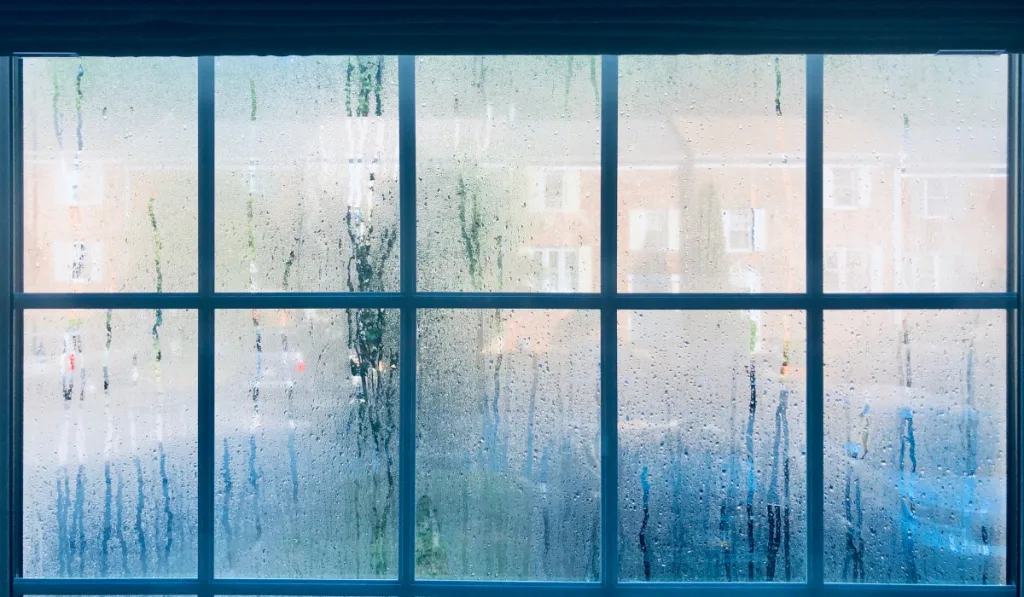
When the humidity in your home is moderate, you are unlikely to see condensation on the various parts of your house. In fact, the only condensation you’d see would most likely be water beads running down the sides of a cold bottle of water or can of drink.
When your interior humidity is high, you may start noticing condensation in unusual places. Some parts of your home that will get riddled with condensation when humidity is high are your windows and doors.
On a regular day, you may see some condensation on the exterior side of your windows and doors. Such is a result of dew. When the condensation is on the interior side of the doors and windows, the culprit is most high interior humidity.
When interior humidity is high, the air in your house will be warmer and moister. As this air travels and brushes past the windows and doors, it interfaces with colder air on the outside.
The colder air pulls heat from the warmer interior air, and this causes the moisture from the interior air to condense on the doors and windows.
Doors and windows are not the only places you can find signs of condensation. You can see condensation signs on any indoor fittings when humidity is high.
2. It Promotes the Growth of Mold and Mildew

Remember we said high interior humidity comes with moister air? Well, mold and mildew grow better when there is an abundance of moisture.
What this means is with high interior humidity, you will most likely come across more mold and mildew growth inside your home.
The increased growth of mold and mildew in your house leaves two primary consequences. The first one has to do with your health, while the second affects your indoor fittings.
Increased growth of mold and mildew can reduce air quality in your home. This, in turn, can affect your health in many ways. Also, if mildew and mold grow on fittings like bedding and couch, you may suffer skin irritation.
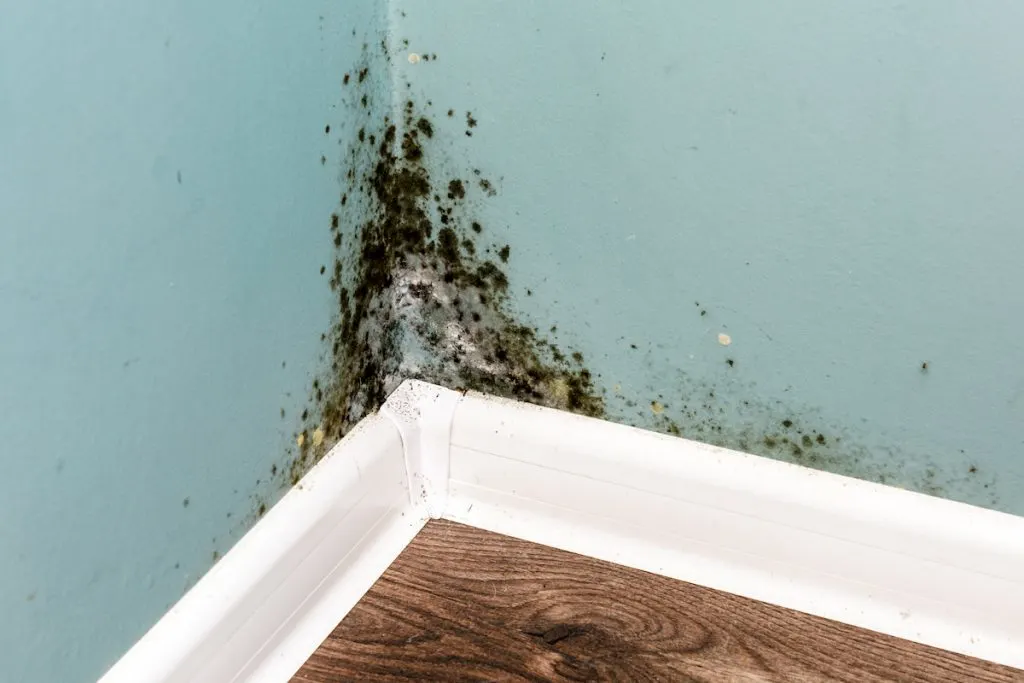
Away from the health effects, having mold and mildew grow in your home can reduce the appeal of your indoor fittings. Mold and mildew will most likely not damage your fittings, but they can make them unsightly or less appealing.
If you have mold or mildew growing on your doors, tables, windows, or any other place, you can imagine how hideous that can be. Also, if mold and mildew grow on fabric or paint, you can expect some discoloration. Sometimes, such may be challenging to remove.
3. High Interior Humidity Will Weaken the Structure of Your Home
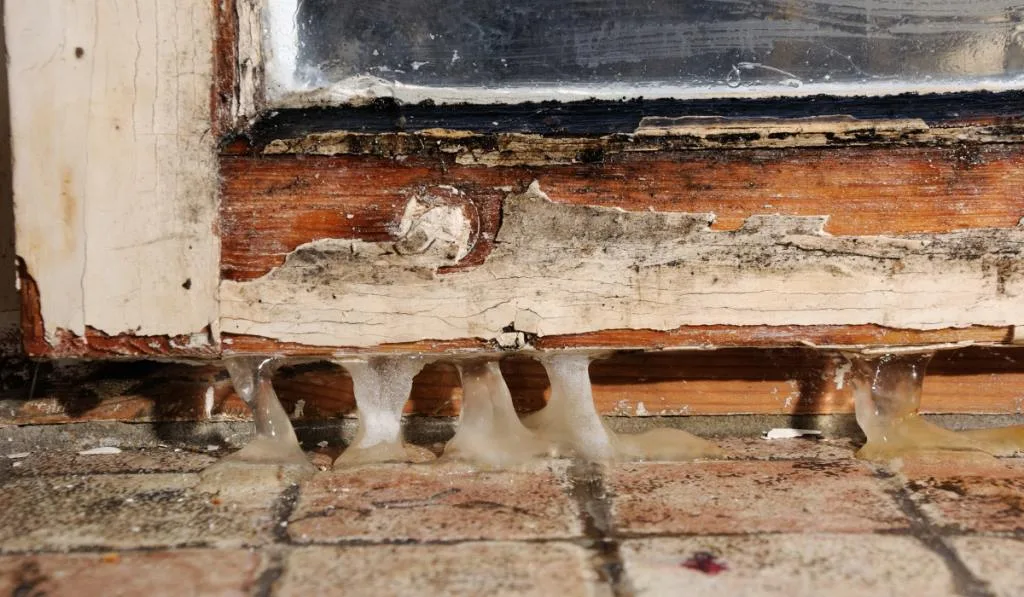
The elevated air temperature in your home, alongside the increased air moisture, are a recipe for structural damage.
Ordinarily, the increased air moisture that comes with high interior humidity is enough to damage any structure in your home. But the elevated temperature hastens and worsens the damage.
With increased interior humidity, water will condense and seep into paint, wooden structures, paper & paper-like materials, and even some metals.
Consequently, the paint will chip, peel, and crumble. The wooden structures will expand or become weaker and eventually break or warp. The paper & paper-like fittings will become soggy and finally tear. Then the affected metals may rust and ultimately bend or break.
If the elevated air moisture were the only problem, the structural damages would be slow. But since high interior humidity comes with high temperatures, the structural damages may happen pretty fast.
Besides the fittings above, high interior humidity is a risk to your electronics. With high interior humidity, there is a chance of condensation within the internal circuits of electronics.
Of course, you know what happens when water gets into electrical devices.
Apart from the effect of condensation on electronics, there is the risk of overheating. With the elevation in temperature that comes with high interior humidity, some electronic devices might have to work harder to cool themselves.
4. Reduces Sleep Quality

If you have ever had your bed soaked with sweat, you know how uncomfortable that can be. You just will not enjoy your sleep in such conditions. Hence, your sleep quality will drop. Similar outcomes apply in a room that is too humid.
When you sleep in a room that is too humid, the damp conditions leave you more likely to sweat.
Even if you do not sweat that much, you will feel like the room is too wet for you. Consequently, you will not enjoy your sleep.
Besides the effect of dampness, the elevated temperature that comes with high interior humidity can leave you sleepless.
The high temperature will make it hard to fall asleep in the first place. But if you do fall asleep, the warmth will affect how much deep sleep you get. You will be more irritable, and as a result, your sleep can be readily interrupted.
Apart from what we’ve said, warm and damp air can irritate your airways. When this happens, it can increase your chances of snoring, and snoring can reduce sleep quality.
5. Promotes Bacterial Growth
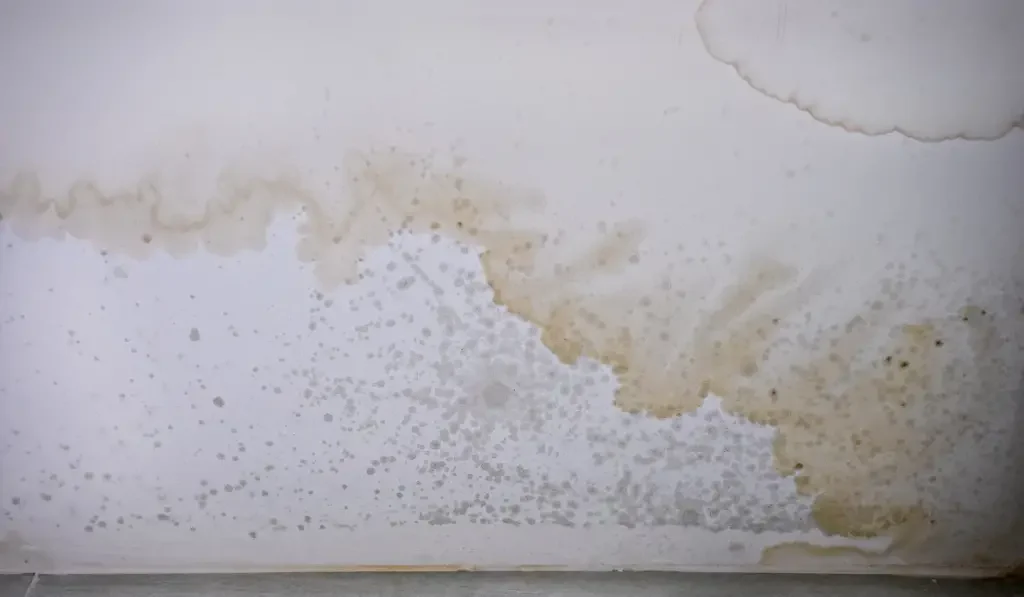
Besides promoting the growth of mold and mildew, high interior humidity can favor the growth of bacteria.
Moisture and temperature are two vital factors that aid bacterial growth. Unfortunately, high interior humidity provides both factors. So, if your home is too humid, the air might just become something like a petri dish.
6. Increases the Risks of Bacteria Transmission

As we mentioned earlier, high interior humidity promotes bacterial growth. Of course, the more bacteria cells you have to contend with within your living space, the more likely you are to get a bacterial disease.
Besides helping to raise the bacterial count within your home, high interior humidity allows bacterial cells to stay suspended in the air longer. So, when someone who has an infection breathes, coughs, or sneezes, the pathogen remains airborne for an extended period.
The longer the pathogen spends in the air, the more likely it is that everyone else in the same space will breathe it in. Obviously, if people take in the contaminated air, the bacteria transmit to them.
7. Reduces Air Quality
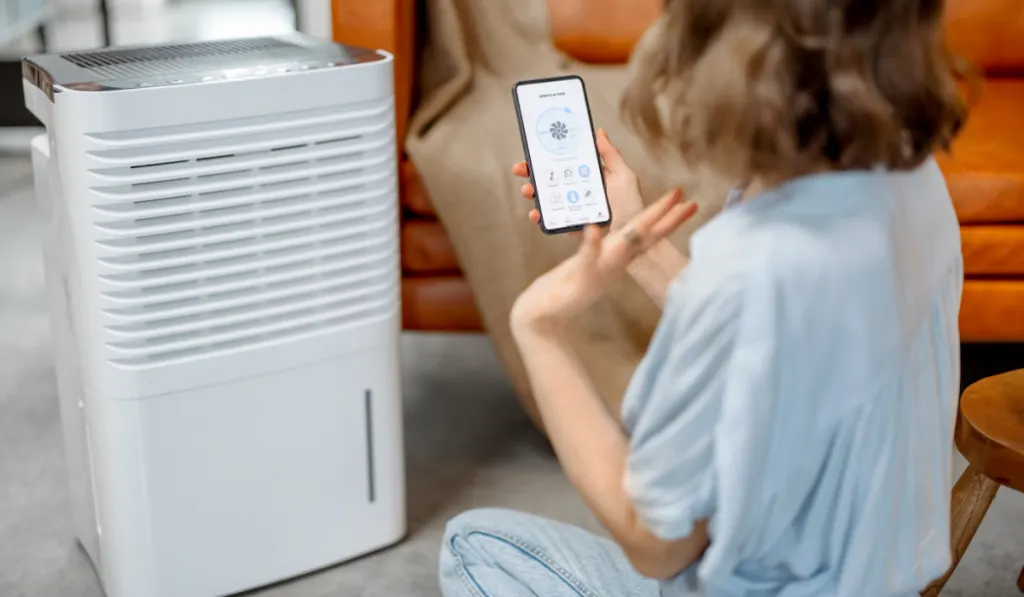
We’ve talked about a few of the ways high indoor humidity can reduce air quality in your home. Remember that high indoor humidity promotes mold and mildew growth.
Molds and mildews, in turn, produce some offensive smell. Obviously, if there’s an odor in the air, air quality will drop.
High indoor humidity also promotes bacteria growth as we mentioned above. And like molds and mildews, bacteria can produce offensive smells, which will reduce air quality.
One way this can happen is through food spoilage. High interior humidity is a perfect condition for rapid food spoilage. Obviously, when foods spoil, they typically smell awful.
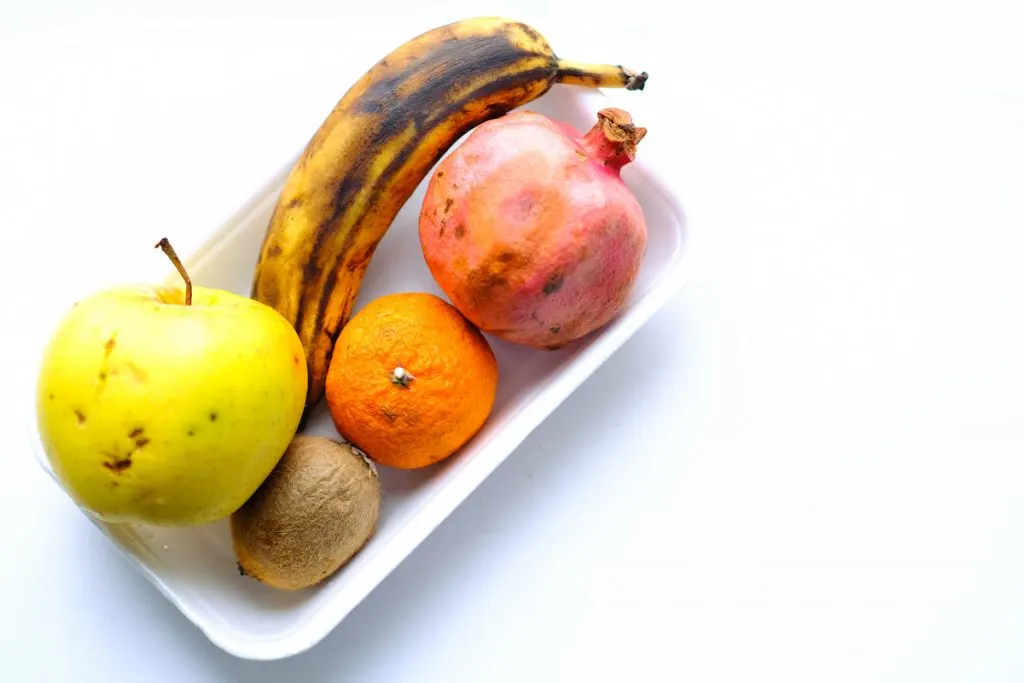
Apart from the microbes, high humidity prolongs the presence of airborne chemical contaminants in the air. So, if your wood, paint, or carpet is off-gassing, the smell will stay with you longer. Of course, such odors aren’t okay, so the air quality wouldn’t be either.
Apart from allergens like bacteria, molds, and mildews, high interior humidity promotes the growth of dust mites. With dust mites, bacteria, mildews, and molds floating around in the air, air quality will drop, and your throat will readily get irritated.
8. High Interior Humidity Can Worsen Allergies and Respiratory Conditions
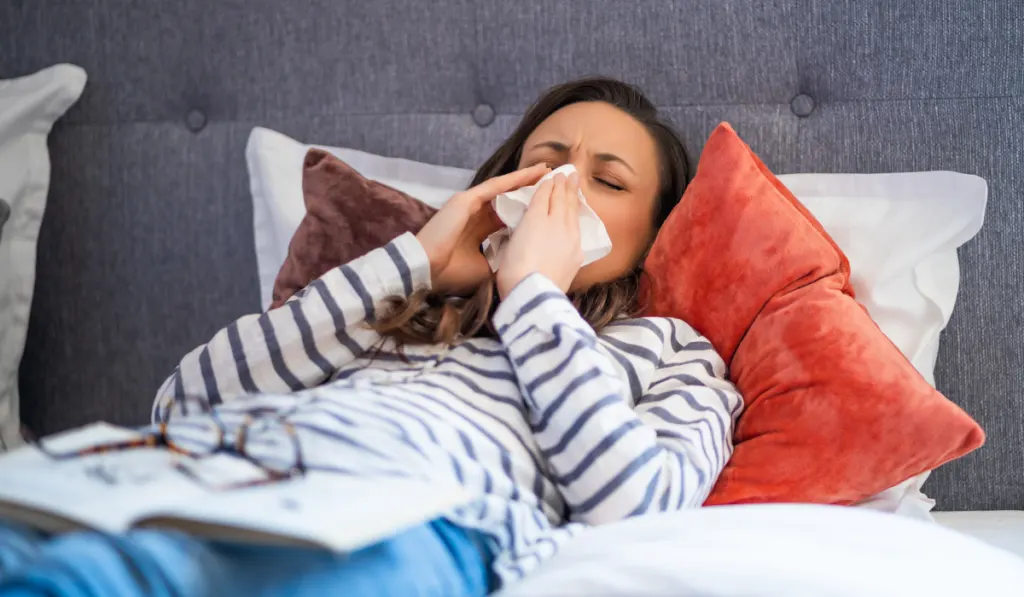
High indoor humidity can be a big issue for people with respiratory conditions. The increased air moisture could make breathing difficult for their already sensitive lungs.
Apart from that, humid air is more likely to irritate the lungs and exacerbate symptoms of respiratory diseases.
Also, having dust mites, molds, mildews, and bacteria in the air is a big issue for people with allergies. The said organisms are allergens.
So, as people with allergies like asthma and rhinitis breathe them in, their airways react and show symptoms. If the humidity does not come down to an optimal range, the symptoms of the disease will worsen with time.
9. Increases Energy Bills
One of the most significant impacts of high interior humidity on your home would be on your energy bills. With the elevated air moisture and air temperature of high indoor humidity, your air conditioner will have to work harder to keep your home cool.
As a result, the air conditioner will consume more power than usual. And this will eventually tell on your energy bills.
Humidity sometimes can’t be avoided. Whether you live somewhere naturally humid or, you’ve had your fair share of rainy days, check out our article on how to reduce humidity in your home for some great ideas to try.
Resources
- https://iaq.works/humidity/top-signs-your-home-is-suffering-from-high-humidity-levels/
- https://delos.com/resources/blog/5-ways-that-indoor-humidity-impacts-your-health/
- https://experthomereport.com/how-does-humidity-affect-your-home/
- https://www.homeserve.com/en-us/blog/home-improvement/high-humidity/
- https://cityheatandair.com/how-indoor-humidity-impacts-your-health/
- https://www.livescience.com/can-dehumidifiers-help-with-snoring
- https://www.helpguide.org/articles/sleep/snoring-tips-to-help-you-and-your-partner-sleep-better.htm
